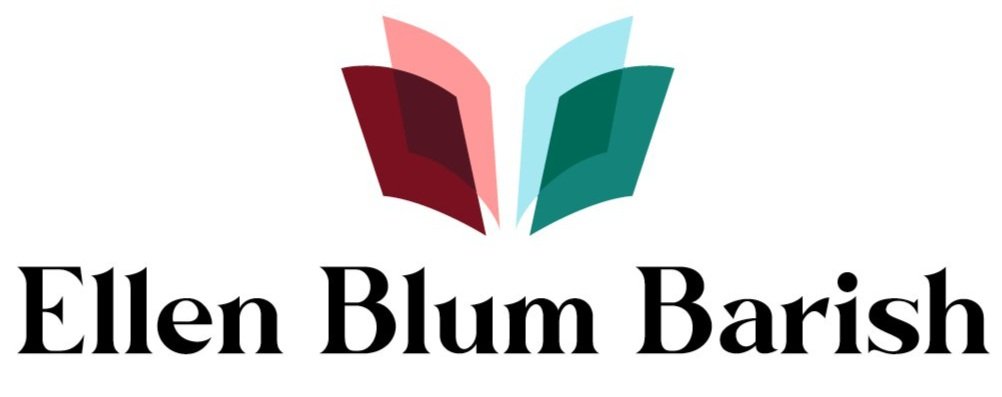“If You’re Comfortable, You’re Probably Doin’ it Wrong”
“Takin’ on a challenge is a lot like ridin’ a horse. If you’re comfortable while you’re doin’ it, you’re probably doin’ it wrong.”
Ted Lasso
Life is hard enough without thinking about making it more difficult on purpose.
But if your day job is working with people who are starting, working through, or finishing a creative project, you might see it another way. You see people who are spending priceless non-work-non-family-non-social-time doing something innovative and exciting but also makes them want to scream and shout. And then they come back to do it again and again!
It’s a bittersweet thing to witness: The challenge so bitter, but the completion, oh so sweet.
Just this year alone, I’ve provided editorial support for three memoirs under construction, two memoir-in-essay collections, four stand-alone essays and three personal essays for undergraduate and graduate school applications. Each of those pages asked so much from the writer - maybe not blood but definitely sweat, tears and long hours. All of this made the work better as well as a gift to the writer - practice and improvement.
Though the manuscripts were authored by different people designed for different purposes, I noticed that for almost all of them, certain writing-related themes kept popping up. Writing is a craft and honing it takes time and practice. But breaking it down into small bits, and naming the parts, helps makes the process a little less frightening and, perhaps, a little less bitter.
So I thought I’d share in order to do just that.
On the sentence level:
Details that the writer leaves out are as important as what’s put in.
Opening a story in scene commits the reader to the outcome.
Language choices give us clues to the writer’s universe.
The pacing of a sentence - as well as the story - is the page’s equivalent of the sound of a spoken voice.
In the big picture:
Structure may be the most difficult element for a writer to capture, but once discovered, it’s a writer’s wings.
The storyline may be the hardest working part of a personal narrative, but it never works alone.
Paying attention to the themes in one’s story, even if not expressed, helps keep the writer focused and moving forward.
How the writer sounds on the page - his voice - keeps the reader rooting the writer on.
For more approaches to craft, as well as some thoughts on creativity and the risks we take in writing, take a peek at my new guidebook, “Craft, Creativity & Commotion: An Inspirational Guide to Writing the ‘I’” here. Thirty lessons and writing prompts designed to illuminate, educate and inspire you as you create a written work.
Upcoming Events
“Writing the Spiritual Essay” Ritualwell (online). Six-week workshop on writing personal narrative with spiritual themes. Thursdays, November 3 - December 15. 11-12:30 pm (CT)
